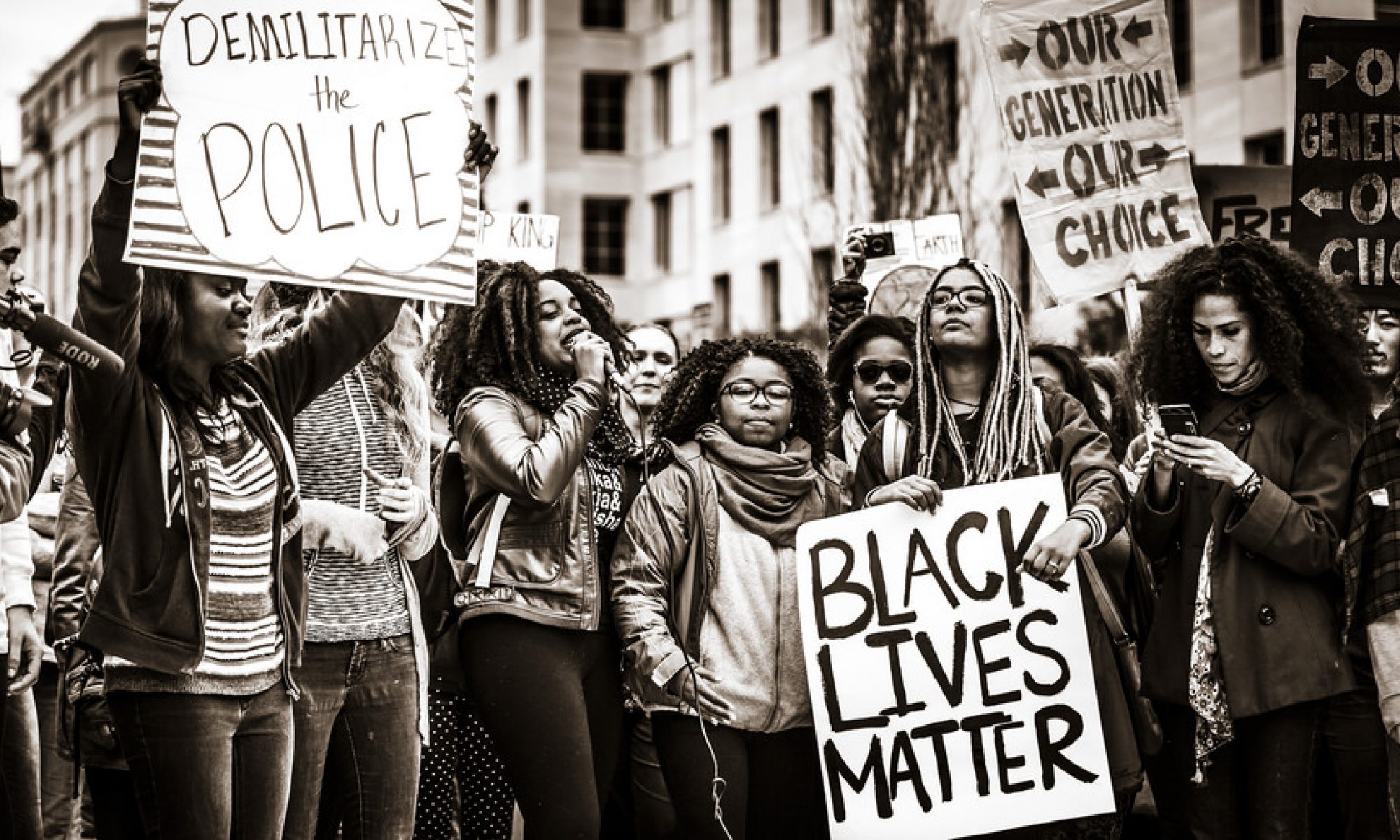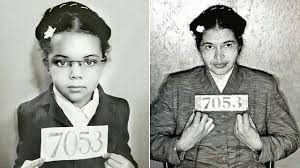Cold War/Civil Rights
1947-1991-Cold War, USA vs USSR
1945-United Nations
Repression and Surveillance of Black Activists
–1938-75-House Un-American Activities Committee
–1956-1971-Counter Intelligence Program, COINTELPRO/FBI
1954-Brown v. Board of Education, Topeka, Kansas
1955-Afro-Asian Conference, Bandung, Indonesia, (also known as Bandung Conference)
–Montgomery Bus Boycott (1955-56)
1957-Ghana Independent
–Little Rock Arkansas, and the Little Rock Nine
1960-Nigeria Independent
–Student Sit-in Movement, Greensboro, NC

